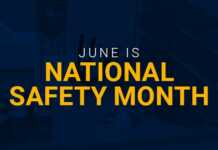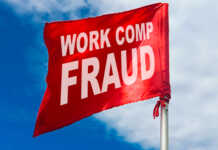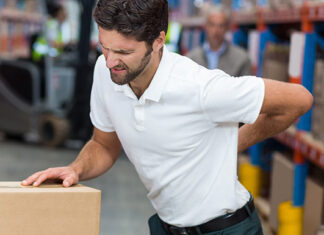In the first two parts of our Accident Investigation Series, we talked about interviewing witnesses and determining the true cause of a mishap. Now its time to write the report! If you have spent your quality time conducting a thorough investigation by collecting evidence, interviewing the witness(es), and capturing the incident location with pictures and/or video, make sure you follow through with a report that will demonstrate the effectiveness of your investigation and prevent a similar mishap from happening again.
Based on your investigation, you have already listed the findings (factual event or condition) to determine the root factor of the mishap. This will continue to be our focus when creating the actual report. We will continue to use just the facts, not our opinions. Why?
Prepare for litigation
Many of the mishap/injury reports that we complete at work can be used as discovery if the employee or others involved in the mishap care to litigate. Every word and sentence in your report should be vetted and confirmed without speculation on your part. Always ask for another set of eyes to review your report because company attorneys, the employee’s attorney, the union representative, and OSHA/Cal OSHA may request a copy.
Here are a few hints to keep your report tangible:
- If, for example, the reason for the employee falling down a flight of stairs was unwitnessed (either in person or by security camera), I suggest you use the term, “for an unknown reason, the employee was found at the bottom of the dry and lighted stairwell.”
- Emotions are great for romance novels, but not in a mishap report. You must pay close attention to the incident details and avoid the inclusion of emotion. It can be easy to incorrectly assess a situation during tense incidents and place blame in your report before finding the truth.
- As mentioned in Part 2 of the series concerning findings, continue to write in an impartial, comprehensive fashion. Detail notes from the third person, adding a description to the narrative without including personal thoughts, feelings, or suspicions. An unbiased report does not blame individuals; it merely records the events in as truthful a manner as possible.
What to include in the mishap report
Like a police report, use the hard facts that include the following:
- The affected people, including the injured employee(s), witnesses, and damaged property
- Description of injuries, damage, or hazard(s)
- Date, time, and location of the incident or hazard
- Events that led up to the incident or hazard (findings)
- Local conditions that may have affected the incident (this includes the weather, day or night, and any identified unsafe conditions such as a wet floor)
- Listing responding emergency services is not essential. However, if EMR or the fire department responds, include their name and contact information in your report. Higher authorities might need to interview them concerning their observations if there were no witnesses
- Witness and report writer information, including contact information
When drafting an unbiased report, the preferable way is to let the report reader decide based on the facts provided during your investigation. One way to protect yourself from showing bias is utilizing a report that allows you to check a box if the workplace condition or act is confirmed.

As discussed in Part 1 of the series, when you evaluate the findings in great detail and in chronological order, you will find yourself stating the facts that eventually led up to the incident. You may even find that a few trivial points and some small details may seem more relevant in hindsight, so be sure to include everything you can.
Remember, do not judge! I come from the school of “all mishaps are preventable.”

















